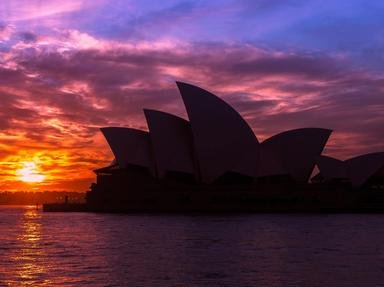Quiz Answer Key and Fun Facts
1. According to aboriginal stories of the Dreamtime, how was Uluru formed?
2. What does the name "Uluru" mean?
3. Uluru is also known as Ayers Rock. Why?
4. In which of the following federal divisions in Australia is Uluru located?
5. Alice Springs is the largest town near Uluru, however, if a tourist wanted to stay closer to the park, in which much smaller town, especially built for the purpose of outfitting visitors, could he find provisions?
6. To which group in Australia is Uluru especially sacred?
7. A vote by the Uluru-Kata Tjuta National Park Board decided to close Uluru to climbers beginning in October 2019. Visitors may no longer climb on the monolith.
8. Which of the following trees, that produces wood that is used for making boomerangs, is found in Uluru?
9. Although some might call Uluru a monolith, it is more correctly described by which of the following terms?
10. A large part of Uluru is located underground.
Source: Author
ponycargirl
This quiz was reviewed by FunTrivia editor
gtho4 before going online.
Any errors found in FunTrivia content are routinely corrected through our feedback system.
